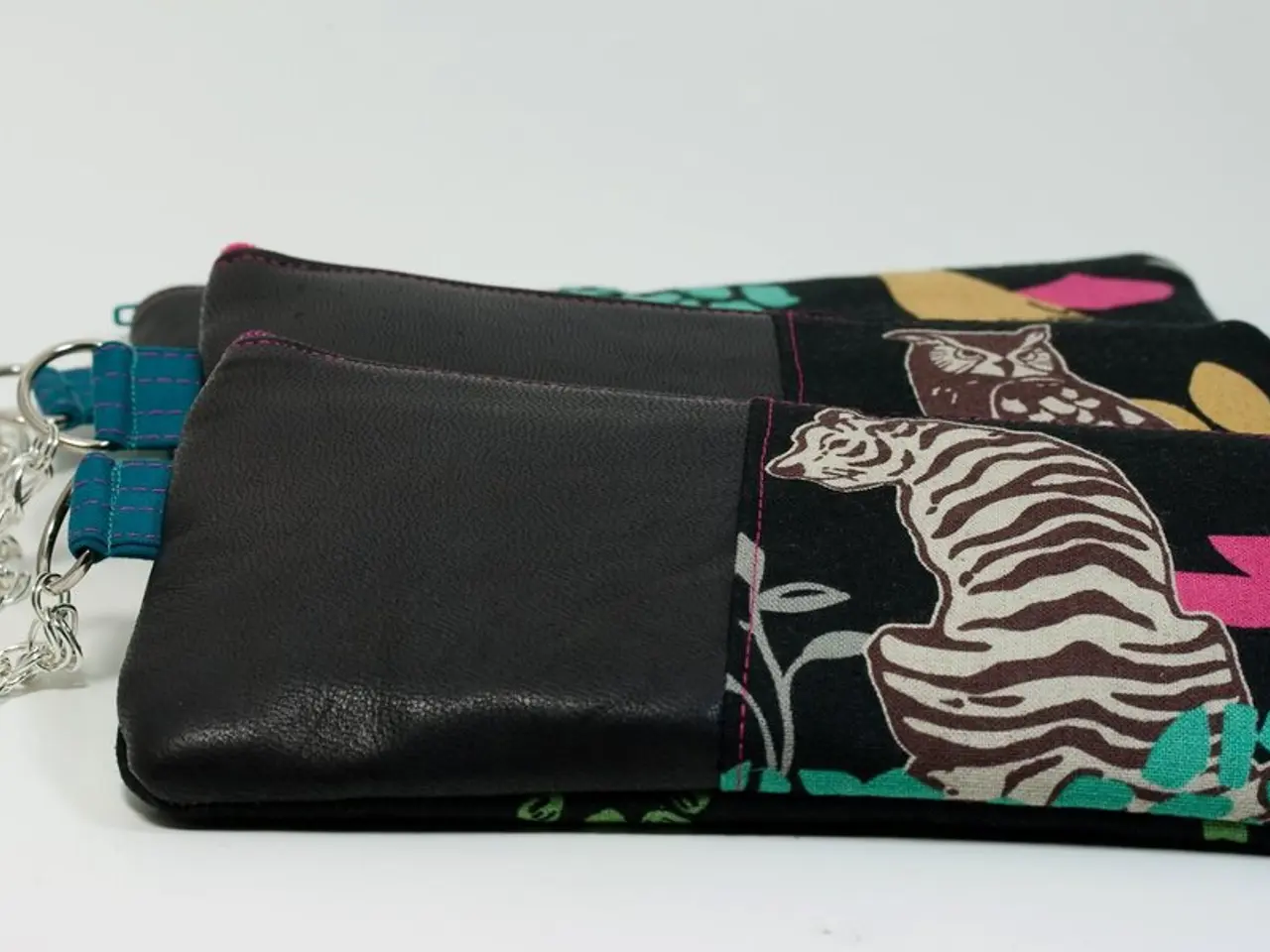Intensifying promotional strategies for HT-PLA products
Thoughts on the Hottest PLA on the Market:
If you're into 3D printing, you've undoubtedly heard of PLA, the most popular choice amongst enthusiasts. But guess what? There's a new kid on the block, and it's ready to shake things up. Let's talk about Polymaker's HT-PLA, a game-changer in the world of filaments.
You know how PLA doesn't exactly excel at handling high temperatures? Polymaker promises to solve that issue with their HT-PLA, claimed to be stable up to 150°C without deforming, even when under its own weight. And what's more, it prints just as smoothly as regular PLA, even at speeds of up to 300 mm/s[3][5][4].
But wait, there's more! They've also got an HT-PLA-GF variant, which is not only heat-resistant but can withstand loads at 110°C[4][5]. That's impressive, considering you could print it on a standard Ender 3 with a hardened nozzle!
Now, you might have to anneal the parts to get the best results, and that could lead to shrinkage and warping with HT-PLA. But don't worry; HT-PLA-GF is here to save the day! It performs mechanically like PLA while handling the heat just fine[5].
Curious about the results? Head over to the 19:27 mark in the video review from My Tech Fun for a closer look. In short, this stuff is tough, can handle high temperatures, and behaves similarly to PLA in cold conditions[5].
So, the big question is, does HT-PLA live up to the hype? If you're a fan of PLA and frequently need to subject your prints to high temperatures, give HT-PLA a try! Otherwise, it's just like PLA—prints like PLA, looks like PLA, and behaves like PLA when cold.
One thing worth noting: there's no evidence to suggest that the heat-resistance additives in HT-PLA increase off-gassing or toxicity beyond what's typical for regular PLA[4][5][3]. Plus, it's designed to print as smoothly as regular PLA, so ventilating your workspace should be a breeze[5]. That means fewer concerns when you're building an enclosure!
Thinking about diving into the world of HT-PLA? Share your thoughts in the comments below!
This new Polymaker HT-PLA promises stability at high temperatures, claimed to be resistant to deformation up to 150°C without deforming, even when under its own weight. What's more, it prints just as smoothly as regular PLA, making it a potential gadget for those needing heat-resistant technology in their 3D printed creations. Additionally, its heat-resistant variant, HT-PLA-GF, can withstand loads at 110°C and behaves similarly to PLA, proving to be a useful addition to the technology-loving community.




